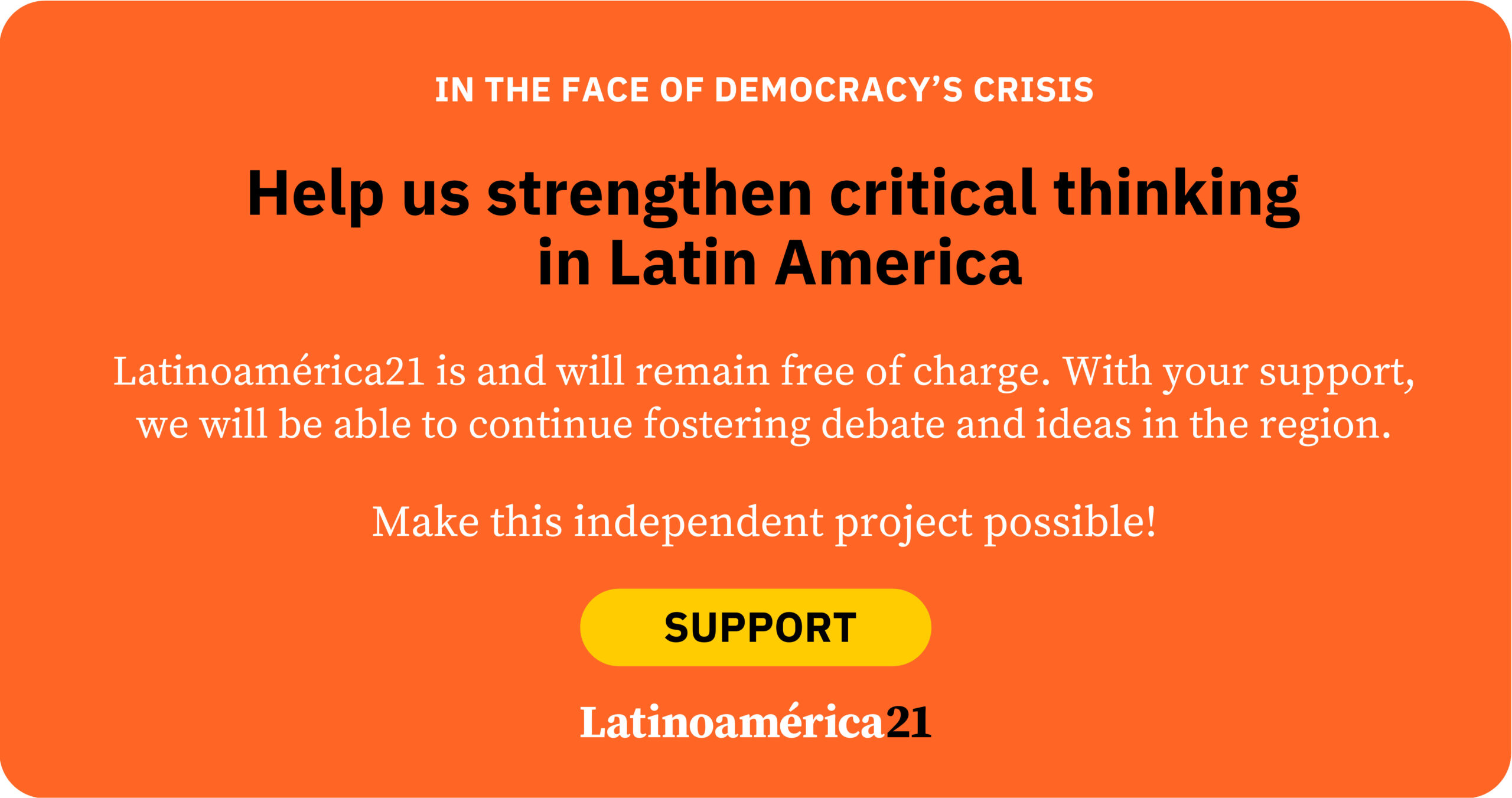October 16, World Food Day, arrived with a warning as clear as it is unsettling: current food systems threaten human health and the stability of the planet. According to the new EAT–Lancet Commission 2025 report, released on October 2 of this year, the ways we produce and consume food are responsible for five of the six planetary boundaries already exceeded. Eating has paradoxically become the most dangerous act for the planet itself. But it can also be the path toward its healing.
A new pact between humanity and the planet
Since the report’s first publication in 2019, the context has changed dramatically. The pandemic, conflicts, and global food inflation have widened social and ecological gaps. Yet food remains the axis connecting health, social justice, and environmental sustainability.
More than half of the world’s population cannot access a healthy diet. The paradox persists: while hunger grows, so does obesity. Behind this double burden lies a system that devours natural resources, destroys forests, and emits a third of greenhouse gases.
The Commission proposes a “Great Food Transformation”: a profound shift in what we eat, how we produce it, and who benefits. This is not merely a technical adjustment but a new ethical contract between humanity and Earth.
The planetary diet: Health for people, balance for the planet
At the heart of the report is the Planetary Health Diet, a flexible and culturally adaptable model combining science and common sense, dominated by plant-based foods such as whole grains, fruits, legumes, and nuts. Animal-sourced foods are consumed in moderation, with strict limits on red meat and added sugars.
Adopting this diet could prevent 15 million deaths annually—equivalent to 27% of global mortality. It would also significantly reduce chronic diseases and healthcare costs. Every balanced plate thus becomes a quiet but decisive climate action.
This is not about imposing a single way of eating. The Commission champions food cultural diversity: from Andean quinoa to Mesoamerican maize, Amazonian cassava, or Caribbean beans. The key is proportion and respect for ecological limits.
Food injustice: When hunger and excess coexist
The new edition of the EAT–Lancet report incorporates something missing in 2019: social justice. Inequality runs through the food system from seed to plate. Nearly half of the planet lives below basic social thresholds: without access to healthy food, decent wages, or political voice. Meanwhile, the richest 30% of the population accounts for 70% of the global environmental impact from food.
This asymmetry makes food a mirror of global injustice. Cheap food comes at the cost of precarious labor, pollution, and biodiversity loss. Eating well is a privilege, when it should be a right.
EAT–Lancet identifies three pillars of justice: distributive—who gains and who loses; representational—who decides; and identity—who is seen and heard. In short, a call to decolonize the global table.
Latin America facing the challenge
The Commission does not single out regions, but Latin America sits at the heart of the dilemma. The most biodiverse region on the planet has become one of the most dependent on monocultures, meat, and ultra-processed products. Countries like Brazil, Mexico, Argentina, and Ecuador reflect this imbalance: they export food but import disease.
The Latin American “diet of abundance,” “high in calories and low in nutrients,” has displaced traditional knowledge and entire ecosystems. The planetary diet, however, is not a threat to our culinary cultures; it is their possible rebirth.
Recovering traditional healthy diets (the milpa, corn-and-fish ceviche, local legumes, native fruits) could be the most effective way to align health, identity, and sustainability. Returning to origins is, paradoxically, a leap toward the future.
Nine foundations for a just food system
The report proposes nine “social foundations” for a just food system, summarized as access to healthy diets, non-toxic environments, a stable climate, decent work, political representation, gender equity, and respect for peoples and territories.
None of these pillars can stand if the link between food and human rights is ignored. The Commission states plainly: there can be no justice without fair food, nor sustainability without redistribution.
It also warns that technical solutions such as “smart” agriculture, green labels, or new proteins are useless without structural justice. Producing better is not enough; we must produce differently, under new rules of equity and shared responsibility.
Policies and actions: Eight steps toward 2050
The proposed horizon is clear: achieve healthy, sustainable, and just food systems by 2050. The roadmap includes eight priorities:
- Create food environments that enable healthy, affordable diets.
- Protect traditional diets.
- Implement ecological intensification of agriculture.
- Halt the conversion of intact ecosystems.
- Reduce food loss and waste.
- Ensure decent work across the food chain.
- Expand representation and voice of small producers.
- Protect marginalized groups.
A new sense of responsibility
The report notes that the cost of action ($200–500 billion annually) is far lower than the cost of inaction: the current food system generates $15 trillion in losses per year, mostly linked to disease and environmental degradation.
The underlying message is as ethical as it is scientific: eating is a political act. Every food choice can erode the planet or regenerate it. The transition to healthy, sustainable diets cannot be achieved through information alone; it requires power, funding, and justice. It means redistributing resources, curbing corporate concentration, and empowering local communities.
In Latin America, this transformation requires policies integrating agroecology, food sovereignty, and public health. There is no green transition without living farmers, nor food justice without labor justice.
Toward the major food transformation
The Commission closes with a warning: time is running out. Every year of inaction brings ecological and food collapse closer. But it also offers hope: if the world adopts the planetary diet, intensifies production ecologically, and reduces waste, it is still possible to feed 9.6 billion people within planetary boundaries. The challenge is not technical, but moral. It is not about “saving the planet,” but relearning how to inhabit it. World Food Day should remind us that humanity’s future is cooked today—at every table, in every field, and in every collective decision.















